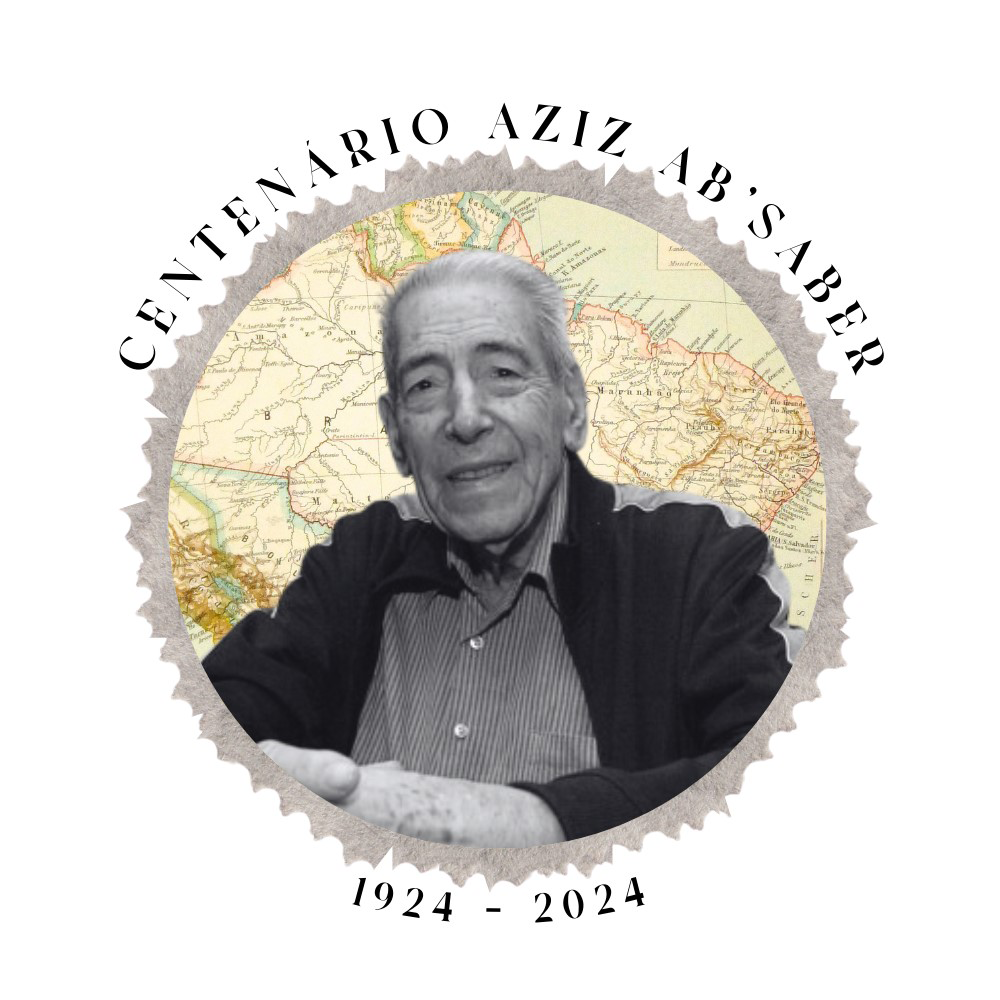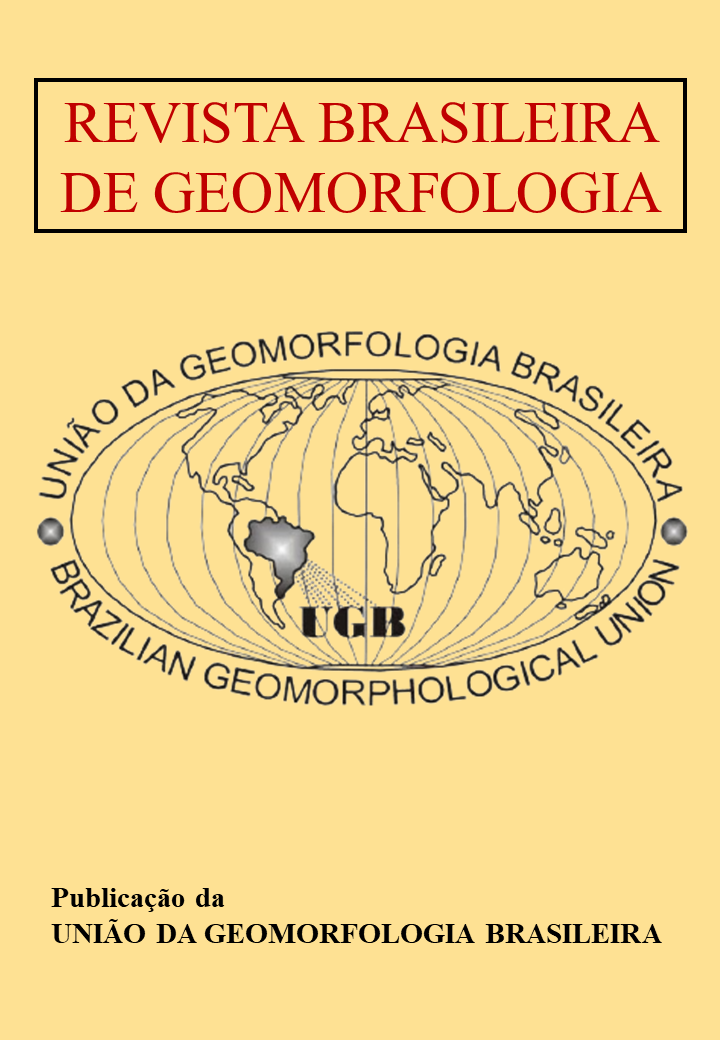Hydrogeomorphological compartmentalization in coastal wetlands - Lagoa do Peixe National Park, Brazil
DOI:
https://doi.org/10.20502/rbg.v25i4.2600Palavras-chave:
Pedoenvironmental indicators, Marsches, Coastal Lagoon, Hydromorphic Soils, FABDEMResumo
Coastal wetlands play crucial roles in environmental processes due to their hydrogeomorphological characteristics. Despite their recognized significance, hydrogeomorphological analyses in these ecosystems remain relatively unexplored. The aim of this study was to establish hydrogeomorphic compartments in the wetlands of Lagoa do Peixe National Park (PNLP). The methods used were: (i) geomorphological compartmentalization (topographic variation using FABDEM); (ii) definition of landscape indicators (Sentinel-2 NDVI, soil samples); (iii) analysis of hydrodynamic. The FABDEM model effectively identifies altimetric variations and compartment boundaries, including those in the northern and southern sectors of PNLP, the Paleocliff of Barrier III, the eolic dunes of Barrier IV, and the interdunal wetlands. Hydrodynamics depend on precipitation, with a greater apparent water level during El Niño periods. Additionally, we analyze NDVI variations within these geomorphological compartments during La Niña, Neutral, and El Niño events, observing distinct spatial patterns between Lagoon Terrace II the Lagoa do Peixe site. Pedoenvironmental indicators reveal common pH levels across compartments, with sulfur concentrations specifically observed in Lagoon Terraces (salt marshes). Furthermore, the a, a’-dipyridyl dye indicated the presence of reduced iron characteristic of hydromorphic soils. Water variation is dependent on precipitation, with a larger apparent water surface during Neutral and El Niño events. In total, we establish nine hydrogeomorphological compartments: Eolic Dunes, Lagoon Fringe, Lacustrine Fringe, Lacustrine, Lagoon-Estuarine, Lacustrine Terrace, Lagoon Terrace, Depression, and Slope.
Downloads
Downloads
Publicado
Como Citar
Edição
Seção
Licença

Este trabalho está licenciado sob uma licença Creative Commons Attribution-NonCommercial 4.0 International License.
Autor(es) conservam os direitos de autor e concedem à revista o direito de primeira publicação, com o trabalho simultaneamente licenciado sob a Licença Creative Commons Attribution que permite a partilha do trabalho com reconhecimento da autoria e publicação inicial nesta revista.










